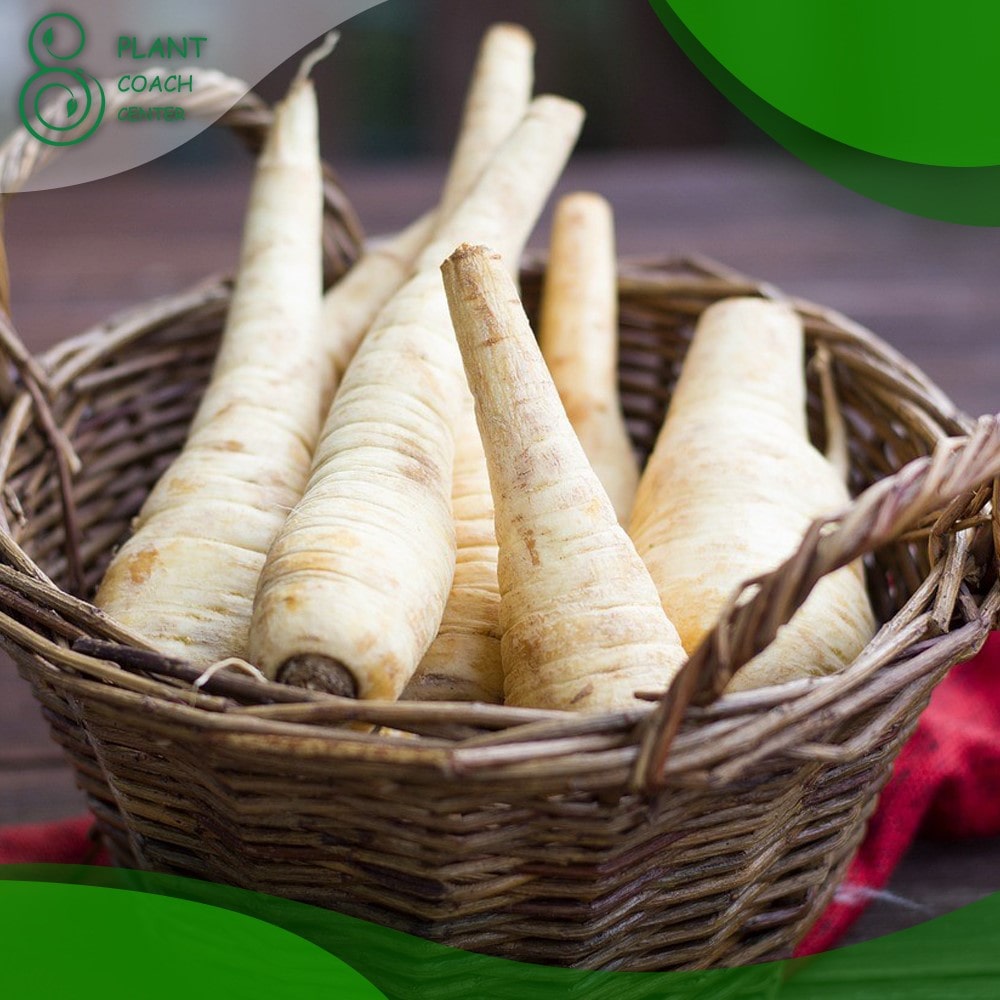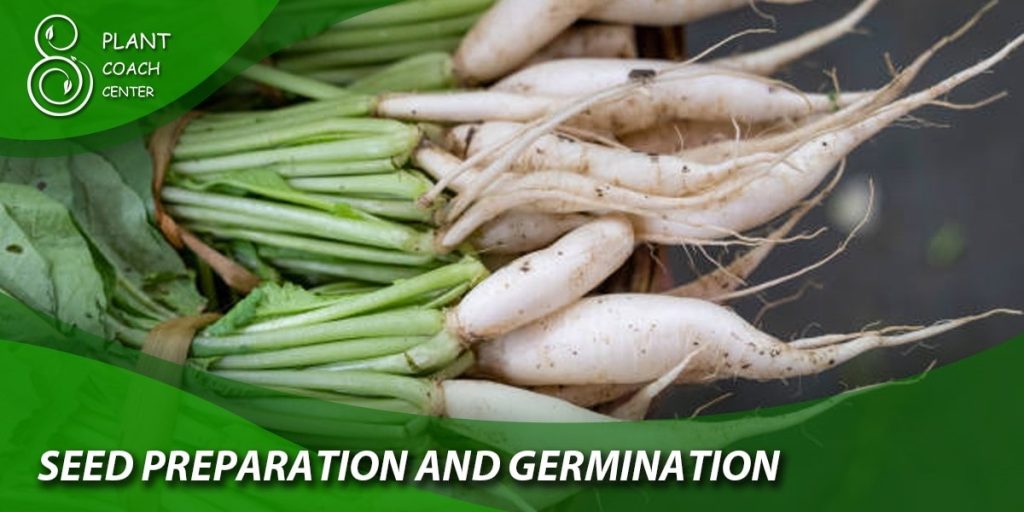Introduction to When to Plant Parsnips for Christmas
Welcome to Plant Coach Center, your comprehensive resource for all things related to plant coaching and gardening. In this article, we will delve into the fascinating world of parsnips and explore the art of growing these delicious root vegetables specifically for the Christmas season. Whether you’re a seasoned gardener or a beginner with a green thumb, learning when and how to plant parsnips for Christmas can add an extra touch of magic to your holiday celebrations.
At Plant Coach Center, we understand the joy of cultivating your own produce, and parsnips are no exception. The sweet and earthy flavor of freshly harvested parsnips can elevate your festive meals and bring a farm-to-table experience right to your dining table. But to achieve this, it’s crucial to grasp the timing, techniques, and considerations involved in successfully growing parsnips for a Christmas harvest.
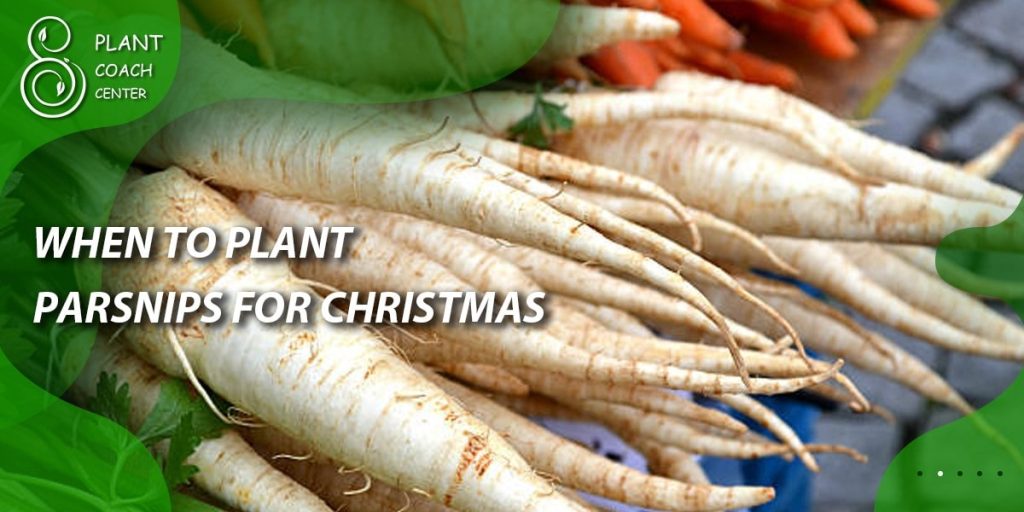
Understanding Parsnips
Parsnips (Pastinaca sativa) are root vegetables that belong to the Apiaceae family, commonly known as the carrot family. These biennial plants are native to Eurasia and have been cultivated for centuries for their flavorful and nutritious roots. Here are some key points to understand about parsnips:
Description and Characteristics of Parsnips
– Parsnips have a long, tapering shape, similar to carrots, but with a creamy-white color and a slightly rough skin.
– They can grow up to 12 inches in length and have a sweet, nutty flavor that intensifies after exposure to cold temperatures.
– The foliage of parsnips consists of feathery, green leaves that provide an attractive contrast to their root structure.
Nutritional Value and Culinary Uses
– Parsnips are not only delicious but also packed with essential nutrients. They are a good source of dietary fiber, vitamin C, potassium, and folate.
– These versatile root vegetables can be enjoyed in various culinary preparations. They can be roasted, boiled, mashed, or used in soups, stews, and even desserts.
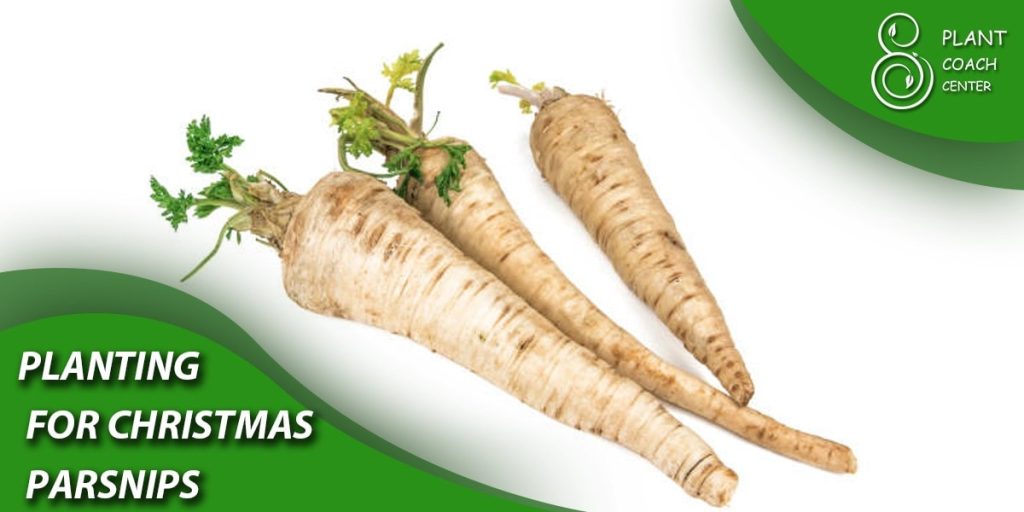
Planning for Christmas Parsnips
Successfully growing parsnips for a Christmas harvest requires careful planning and consideration of various factors. Let’s explore the key points to keep in mind before you start planting:
Factors to Consider Before Planting
- Climate and Growing Zones: Parsnips thrive in cool climates and are suitable for USDA Hardiness Zones 2-9. They require a long growing season, typically around 100-120 days from planting to harvest.
- Soil Requirements: Parsnips prefer well-draining, loose soil with a pH level between 6.0 and 7.5. The soil should be fertile, rich in organic matter, and free from rocks or obstructions that may hinder root growth.
- Sunlight and Water Needs: Parsnips require full sun exposure for at least 6-8 hours a day. Adequate water supply is crucial for their growth, ensuring the soil remains consistently moist but not waterlogged.
Selecting the Right Parsnip Varieties
– There are several parsnip varieties available, each with its unique characteristics and suitability for different growing conditions. Some popular varieties for Christmas harvest include Hollow Crown, Gladiator, and Tender and True. Consider factors such as flavor, size, and resistance to disease when selecting your preferred variety.
Preparing the Garden for Parsnips
– Before planting parsnips, it’s essential to prepare your garden bed properly. Follow these steps:
- Clear the area of any weeds, rocks, or debris.
- Loosen the soil to a depth of at least 12 inches using a garden fork or tiller.
- Incorporate organic matter, such as compost or well-rotted manure, to improve soil fertility and structure.
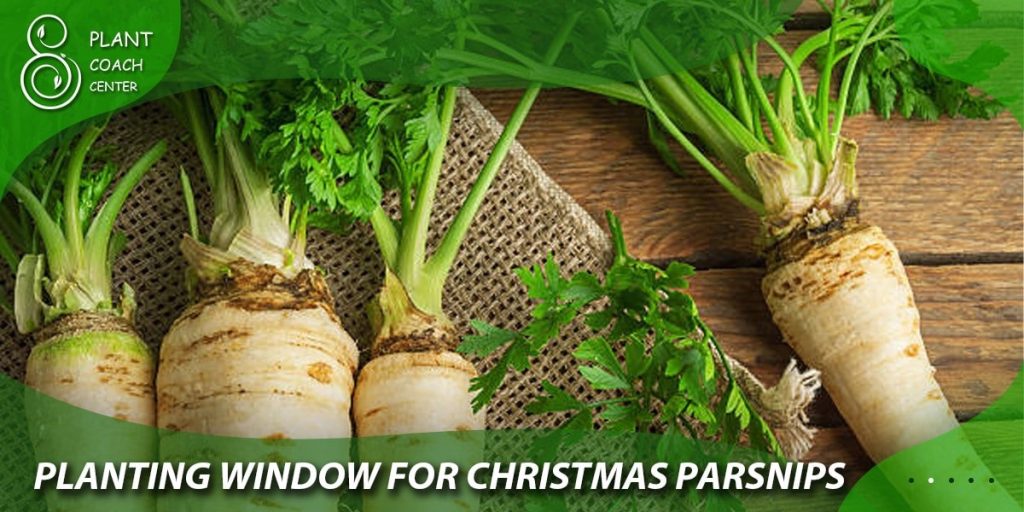
Planting Window for Christmas Parsnips
Determining the ideal planting time for parsnips is crucial to ensure a Christmas harvest. Let’s consider the following factors when deciding the planting window:
Determining the Ideal Planting Time
– The timing of planting parsnips for a Christmas harvest depends on your location and the average frost dates in your region.
– Generally, parsnips are direct-seeded in the garden approximately 16 to 18 weeks before the first expected fall frost. This allows sufficient time for the roots to mature and develop their sweet flavor.
– Consult your local agricultural extension or use online resources to find the average first frost date in your area.
Frost Dates and Temperature Considerations
– Parsnips are cold-hardy and can withstand frost and light freezes. In fact, exposure to cold temperatures enhances their flavor.
– Plant parsnips in late summer or early fall, aiming for a planting date approximately 16 to 18 weeks before the first expected frost. This timing allows the roots to grow and mature during the cooler months of the year.
– Keep in mind that parsnips require a period of cold weather (around two to four weeks of temperatures below 50°F or 10°C) to trigger the development of their sweet flavor.
Understanding Day Length and Photoperiodism
– Photoperiodism, or the response of plants to day length, plays a role in parsnip development.
– Parsnips are considered long-day plants, meaning they require longer daylight hours to promote vegetative growth. As the days shorten in fall, parsnips allocate more energy to root development.
– Planting parsnips when the days are still relatively long allows them to establish a strong root system before winter arrives.
Seed Preparation and Germination
Starting with high-quality parsnip seeds and employing proper seed preparation techniques are crucial for successful germination and establishment of your Christmas parsnips. Let’s explore the important steps involved:
Selecting High-Quality Parsnip Seeds
– Obtain fresh parsnip seeds from a reputable seed supplier or source. Check the seed packet for the expiration date and ensure that the seeds are viable.
– Look for varieties known for good germination rates and disease resistance.
– Consider purchasing pelleted seeds, which are coated with an inert material to improve handling and sowing.
Seed Treatment Techniques
– Parsnip seeds have a naturally hard seed coat that can delay germination. To overcome this dormancy, you can employ a few seed treatment techniques:
- Scarification: Gently rub the seeds with fine sandpaper or file a small notch in the seed coat to allow moisture to penetrate.
- Soaking: Place the seeds in warm water overnight or for a few hours before sowing to soften the seed coat.
Germination Process and Seedling Care
– Start parsnip seeds indoors in biodegradable pots or seed trays, or directly sow them in the garden, depending on your preference and local climate.
– Sow the seeds at a depth of approximately ½ inch (1.3 cm) in well-prepared soil or seed-starting mix.
– Maintain consistent soil moisture during the germination period, ensuring the soil doesn’t dry out or become waterlogged.
– Germination typically takes 14 to 21 days, but it can vary based on temperature and seed quality.
– Once the seedlings emerge, provide adequate light indoors or ensure they receive full sun outdoors.
Caring for Christmas Parsnips
Caring for your Christmas parsnips involves providing the right conditions and maintenance practices to support their growth and development. Here are some key aspects to consider:
- Watering and Moisture Management
– Parsnips require consistent moisture throughout their growth cycle. Adequate watering is particularly important during dry spells or prolonged periods of drought.
– Water deeply once or twice a week, ensuring the soil is evenly moist but not waterlogged. A layer of organic mulch around the plants can help retain soil moisture.
- Thinning and Spacing
– Once your parsnip seedlings have grown a few inches tall, thin them to ensure proper spacing. Crowded plants can result in smaller root sizes.
– Thin the seedlings to a spacing of 3 to 6 inches (7.6 to 15.2 cm) apart. This allows ample room for the roots to develop and prevents competition for nutrients.
- Fertilization
– Parsnips generally don’t require heavy fertilization if the soil has been well-prepared with organic matter before planting.
– However, if your soil is deficient in nutrients, you can apply a balanced organic fertilizer or compost tea during the early stages of growth.
– Avoid excessive nitrogen fertilizers, as they can lead to lush foliage growth at the expense of root development.
- Weed Control
– Keep the garden bed free from weeds, as they can compete with parsnips for nutrients and water.
– Regularly remove weeds by hand, taking care not to disturb the parsnip roots. Applying a layer of mulch can help suppress weed growth.
- Pests and Diseases
– Parsnips are relatively resistant to pests and diseases, but it’s important to remain vigilant.
– Common pests that may target parsnips include carrot rust flies, aphids, and slugs. Monitor your plants regularly and take appropriate measures if you notice any signs of infestation.
– Diseases such as leaf spot, powdery mildew, and root rot can occur under certain conditions. Practice good garden hygiene, provide adequate spacing between plants for air circulation, and avoid overwatering to prevent disease development.
- Harvesting Christmas Parsnips
– Christmas parsnips are typically ready for harvest around late fall to early winter, depending on your planting time and local climate.
– Gently loosen the soil around the parsnip roots with a garden fork or spade to avoid damaging them.
– Lift the parsnips carefully, grasping the foliage near the crown, and gently pull them out of the ground.
– Trim off the foliage, leaving a small stem intact, and brush off excess soil. Store the harvested parsnips in a cool, dark place or the refrigerator.

Troubleshooting Common Parsnip Problems
Despite your best efforts, you may encounter certain challenges while growing parsnips. Here are some common problems and tips for troubleshooting:
- Forked or Misshapen Roots
– Forked or misshapen parsnip roots can occur due to rocky or compacted soil. Ensure the soil is loose, free from obstructions, and adequately prepared before planting.
– Avoid excessive nitrogen fertilization, as it can lead to excessive foliage growth and smaller root sizes.
– Thinning the seedlings and providing proper spacing can also help prevent crowded roots.
- Carrot Rust Fly Infestation
– Carrot rust flies can be a common pest that affects parsnips. These small insects lay eggs near the base of the plant, leading to tunneling and damage.
– To prevent infestation, consider using floating row covers or insect netting to create a physical barrier.
– Rotate your crops each year to reduce the risk of pest buildup in the soil.
- Powdery Mildew
– Powdery mildew is a fungal disease that can affect parsnips, causing a white, powdery coating on the foliage.
– Provide adequate spacing between plants for good air circulation and avoid overhead watering, as moisture promotes the growth of powdery mildew.
– If powdery mildew appears, remove and destroy affected plant parts and consider applying an organic fungicide if necessary.
- Root Rot
– Root rot can occur in poorly drained or waterlogged soil. Ensure proper soil drainage by amending heavy clay soils with organic matter.
– Avoid overwatering and provide adequate spacing between plants for air circulation to prevent the development of root rot.

Harvesting, Storing, and Enjoying Christmas Parsnips
After nurturing your Christmas parsnips with care, it’s time to reap the rewards of your efforts. Here’s what you need to know about harvesting, storing, and enjoying your parsnip harvest:
- Harvesting Parsnips
– Christmas parsnips are typically ready for harvest approximately 90 to 120 days after sowing, depending on the specific variety and growing conditions.
– The roots should have reached a desirable size, usually around 1 to 1.5 inches (2.5 to 3.8 cm) in diameter and 8 to 12 inches (20 to 30 cm) in length.
– Gently loosen the soil around the parsnip roots using a garden fork or spade. Take care not to damage the roots during the process.
– Lift the parsnips carefully, grasping the foliage near the crown, and gently pull them out of the ground.
– Trim off the foliage, leaving a small stem intact. Brush off excess soil, but avoid washing the roots as it can reduce their storage life.
- Storing Parsnips
– After harvesting, remove any damaged or diseased parsnips, as they can affect the storage life of the remaining roots.
– Store parsnips in a cool, dark place with high humidity. Ideal storage conditions include temperatures around 32°F to 40°F (0°C to 4°C) and a humidity level of 90 to 95%.
– You can store parsnips in the refrigerator, loosely wrapped in plastic bags or placed in perforated plastic bags to maintain humidity.
– Properly stored parsnips can last for several months, allowing you to enjoy them well into winter.
- Cooking and Enjoying Parsnips
– Parsnips are versatile root vegetables that offer a sweet, nutty flavor. They can be enjoyed in a variety of culinary preparations.
– Roasting parsnips brings out their natural sweetness. Simply toss them in olive oil, season with salt and pepper, and roast in a preheated oven until tender and caramelized.
– Parsnips can also be used in soups, stews, and purees. They pair well with other root vegetables, herbs like thyme and rosemary, and savory spices.
– Consider incorporating parsnips into your favorite recipes for mashed potatoes, gratins, or even as a delicious addition to roasted vegetable medleys.
- Saving Seeds
– If you’re interested in saving parsnip seeds for future planting, allow a few plants to fully mature and produce seeds.
– The seeds develop in umbels, which are clusters of small, white flowers. Allow the flowers to fade and dry on the plant.
– Once the seeds have fully matured and dried, you can collect them by gently shaking the umbels or by carefully cutting them and placing them in a paper bag.
– Store the collected seeds in a cool, dry place in an airtight container or envelope until you’re ready to plant them.
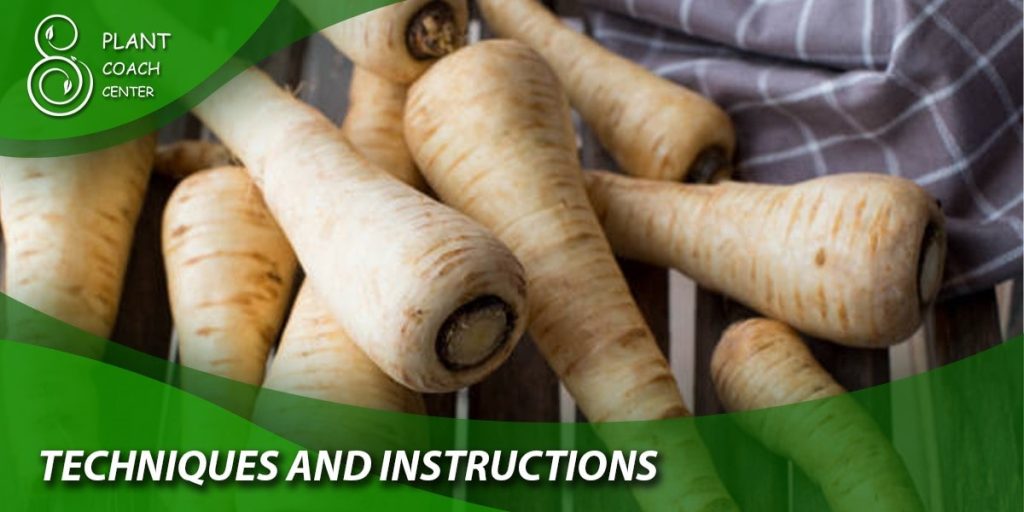
Conclusion
growing Christmas parsnips can be a rewarding and enjoyable experience for any gardener. By following the proper techniques and guidelines, you can cultivate a bountiful harvest of these sweet and nutty root vegetables. Here are the main takeaways:
- Start by selecting a suitable site with well-drained soil and full sun exposure.
- Prepare the soil thoroughly by removing rocks and incorporating organic matter.
- Sow parsnip seeds directly in the garden bed, ensuring proper spacing and shallow depth.
- Practice consistent watering and moisture management to support healthy growth.
- Thin the seedlings to provide adequate spacing for root development.
- Avoid excessive nitrogen fertilizers and maintain weed control.
- Stay vigilant against pests and diseases, implementing appropriate preventive measures.
- Harvest parsnips when they reach the desired size, and store them in cool, dark conditions.
- Enjoy parsnips through various cooking methods, such as roasting, soups, and purees.
- Consider saving seeds for future planting and experiment with different parsnip varieties.
- Implement succession planting for a continuous harvest and protect plants during winter.
- Practice crop rotation and explore container gardening as alternative options.
Happy gardening and bon appétit!


